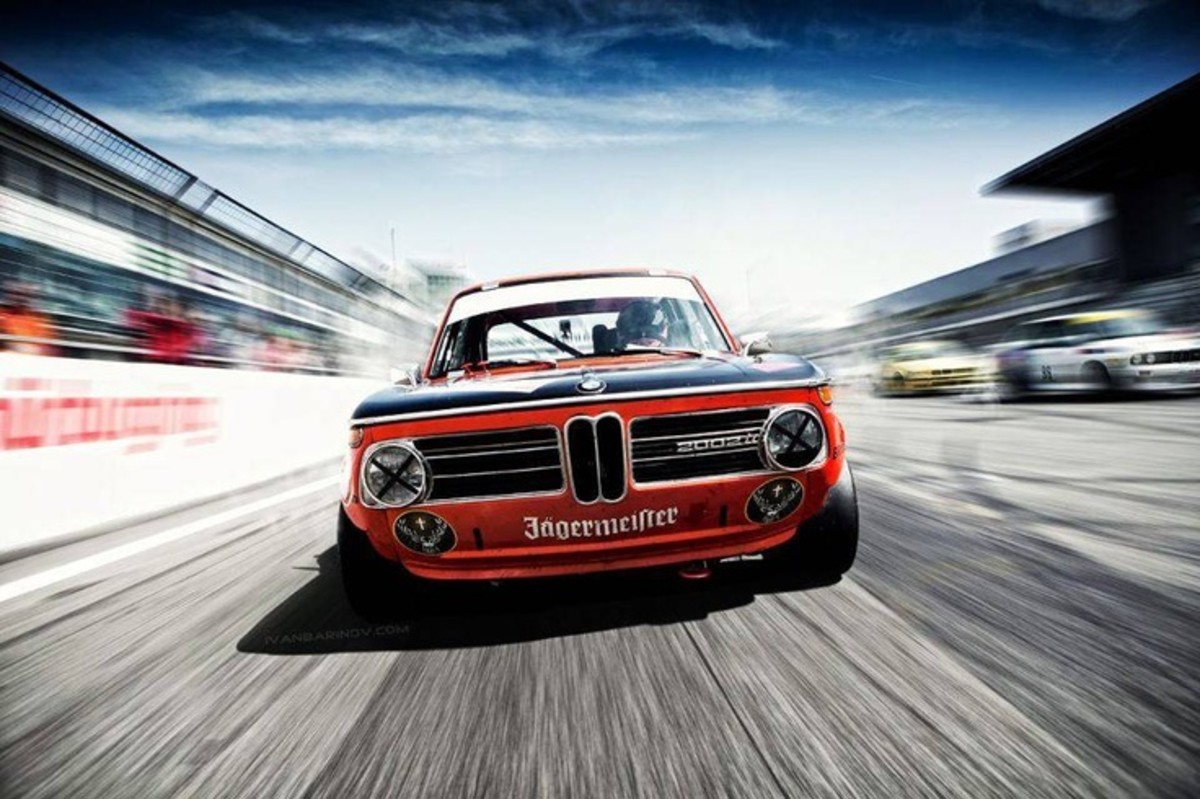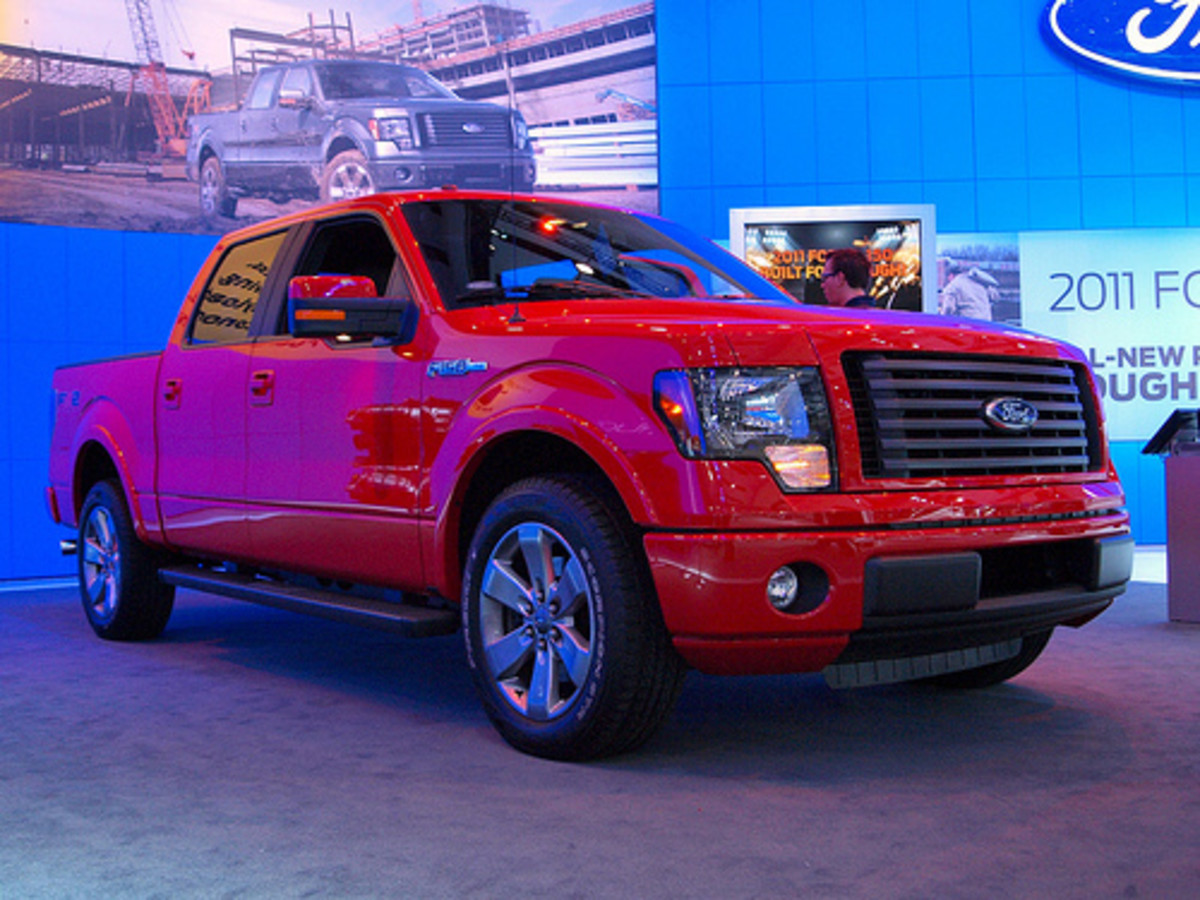The 1967- 69 Chevrolet Corvair
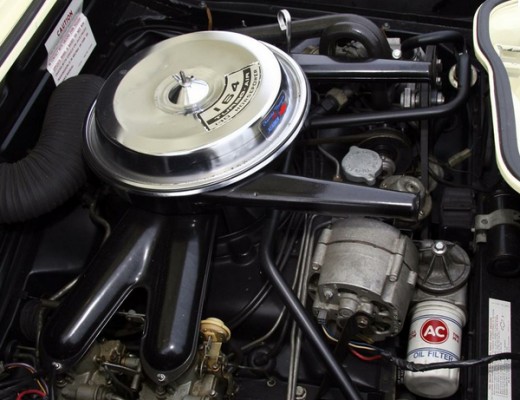
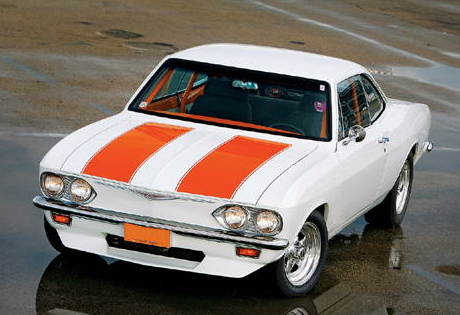

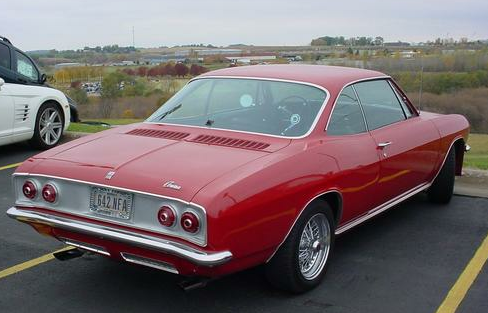
Although, Chevrolet's Camaro debuted in 1967 to compete with the Ford Mustang and appeal to those under 30, Chevrolet continued on until 1969. Oddly, Chevrolet continued toying with having the Corvair make it into the 1970's based on the body similar to the 1973 Pontiac Grand Am.
The last years of the Corvair saw America's only air cooled rear engine car diminish each year. From 1965-66, some 350,000 corvairs had been produced. In 1967, only 27,100, in 1968, it was 15,400 and in 1969, 6000. The cost for the 1967 was around $2100, while for the 1969, $2500. The 1967 model introduced new styled bucket seats, a very reliable Saginaw 4-speed transmission, the collapsible steering column, dual brake master cylinder with warning light, nylon reinforced brake hoses, steel door hinges, "mushroomed" instrument panel knobs, and an optional 8-tack tap player. Chevrolet introduced a 50,000 mile engine warranty on all Chevrolet models including the Corvair. Chevy contiued to actively advertise the car. The 1968 model saw Chevy abandoning all advertsting This model was exactly like the 67 but for the side marker lights on the fenders required by federal law and the availability of the 140 HP engine again. Both models had seat belts. The 1969 model was very similar, just additional refinements making the car better, like, a quick steering box and Positraction. However, the most interesting thing about the 1969 was that the cars were assembled by hand next to the Nova assmbly line.
The Corvair myth continues because of its timeless, racy looks. The car was Chevy's answer to the economy car in the 60's. So, despite photos of the car in racing mode, most had either a 110 HP or a 140 HP engine (however, until you got on the highway, you ran with 110 HP to conserve fuel). The Corvair did have a 180 HP very finicky turbo. These are the rarest. Fuel economy in the 1960's meant getting 20 MPG. Most cars then were lucky to get 15 MPG.
The Corvair would be replaced by another car in the 1970's that shared the same fate. It was called the Vega.


